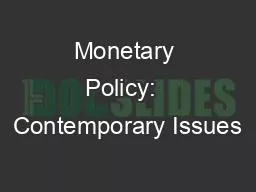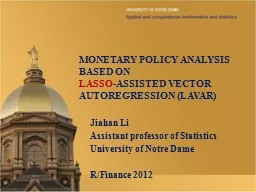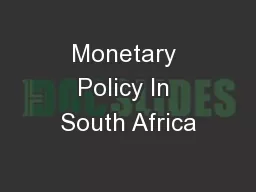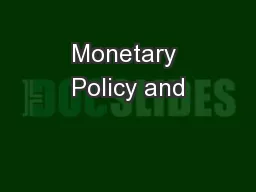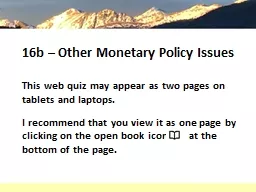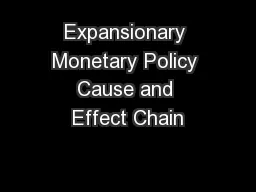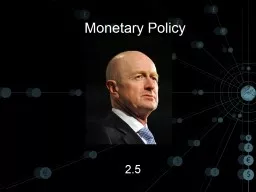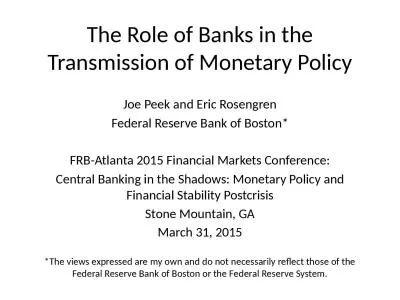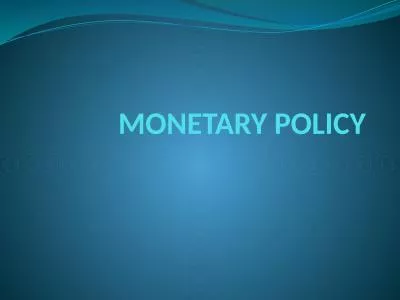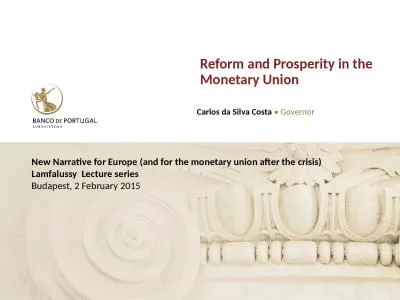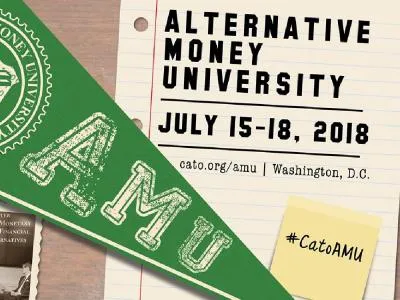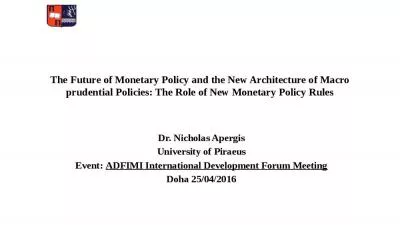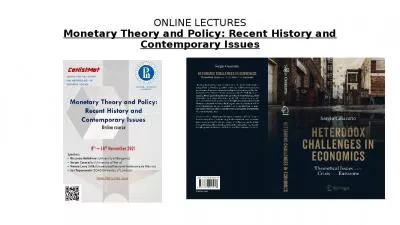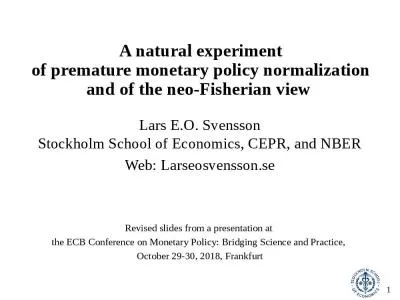PPT-Monetary Policy: Contemporary Issues
Author : cozync | Published Date : 2020-10-01
ECO 473 Dr Dennis Foster WA Franke College of Business Monetary Policy Contemporary Issues I Heading into crisis II The bank failures III Fed inaction amp action
Presentation Embed Code
Download Presentation
Download Presentation The PPT/PDF document "Monetary Policy: Contemporary Issues" is the property of its rightful owner. Permission is granted to download and print the materials on this website for personal, non-commercial use only, and to display it on your personal computer provided you do not modify the materials and that you retain all copyright notices contained in the materials. By downloading content from our website, you accept the terms of this agreement.
Monetary Policy: Contemporary Issues: Transcript
Download Rules Of Document
"Monetary Policy: Contemporary Issues"The content belongs to its owner. You may download and print it for personal use, without modification, and keep all copyright notices. By downloading, you agree to these terms.
Related Documents

